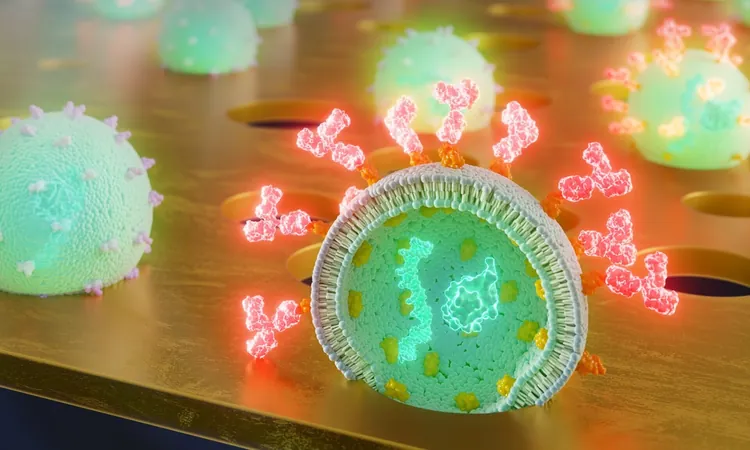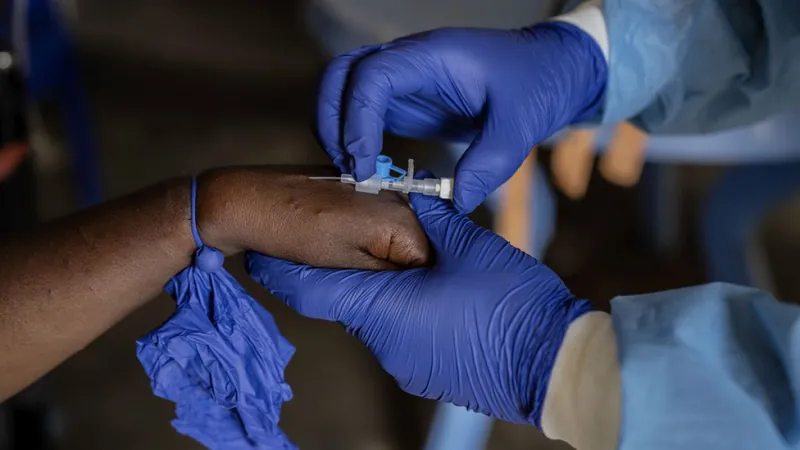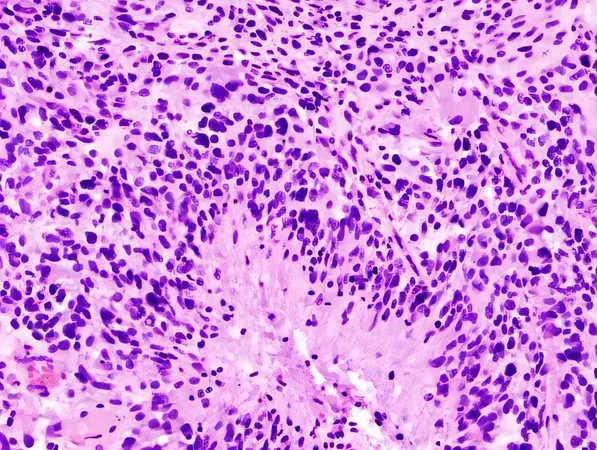
Breakthrough Liquid Biopsy Technique Could Revolutionize Affordable Cancer Diagnosis!
2024-10-28
Author: John Tan
Introduction
Scientists at the University of Rochester have unveiled a groundbreaking method that could dramatically alter the landscape of cancer diagnosis and treatment monitoring. This innovative technique leverages the power of extracellular vesicles (EVs)—tiny packets of cellular material that contain critical information from their source cells—including proteins and genetic material. These vesicles are released into the bloodstream and other bodily fluids, offering valuable insights into the body’s health status.
Historic Challenges
Historically, scientists faced significant challenges in using EVs for diagnostic and therapeutic purposes due to the complex and time-consuming purification processes required to isolate them from other components in bodily fluids. However, the study recently published in the journal Small introduces a revolutionary method named catch and display for liquid biopsy (CAD-LB), which simplifies this process immensely.
Significance of CAD-LB
According to James McGrath, a prominent figure in biomedical engineering and the study's principal investigator, "By examining samples of blood or other fluids for these extracellular vesicles and the biomarkers they carry, we can uncover critical indicators of underlying health issues." This advancement promises not only rapid cancer diagnoses but also affordable monitoring of treatment efficacy.
How CAD-LB Works
The CAD-LB technique utilizes ultrathin membranes specifically designed with pores that precisely capture EVs. In practical terms, a blood sample is taken, processed, and then injected onto the membrane where it can be observed under a microscope. By measuring the number of glowing pores associated with cancer biomarkers, clinicians can swiftly estimate the disease's prevalence within the patient's body.
Implications of the Method
Moreover, the method has shown efficacy in identifying essential immune modulatory proteins on EVs, which are vital in combating tumors. These proteins serve as predictors of how a patient may respond to immunotherapies—cutting-edge treatments that harness the immune system to eliminate cancer cells.
Detecting Cancers Early
“This method is sensitive enough to detect some cancers at a curable stage,” co-author Jonathan Flax, a research assistant professor, emphasized. The implications of this finding are profound, laying the groundwork for potential cancer screening applications and personalized treatment strategies tailored to individual patient needs.
Concluding Remarks
As healthcare continues to embrace innovation, the CAD-LB method stands at the forefront, opening new pathways for cost-effective cancer diagnostics. With the possibility of detecting malignant diseases earlier and predicting treatment responses more accurately, this technique could save countless lives and optimize patient care.
Looking Ahead
This research is a testament to the relentless pursuit of science in improving healthcare outcomes. Stay tuned for more groundbreaking developments in the world of medical technology that could change how we approach cancer diagnosis and treatment forever!




 Brasil (PT)
Brasil (PT)
 Canada (EN)
Canada (EN)
 Chile (ES)
Chile (ES)
 España (ES)
España (ES)
 France (FR)
France (FR)
 Hong Kong (EN)
Hong Kong (EN)
 Italia (IT)
Italia (IT)
 日本 (JA)
日本 (JA)
 Magyarország (HU)
Magyarország (HU)
 Norge (NO)
Norge (NO)
 Polska (PL)
Polska (PL)
 Schweiz (DE)
Schweiz (DE)
 Singapore (EN)
Singapore (EN)
 Sverige (SV)
Sverige (SV)
 Suomi (FI)
Suomi (FI)
 Türkiye (TR)
Türkiye (TR)